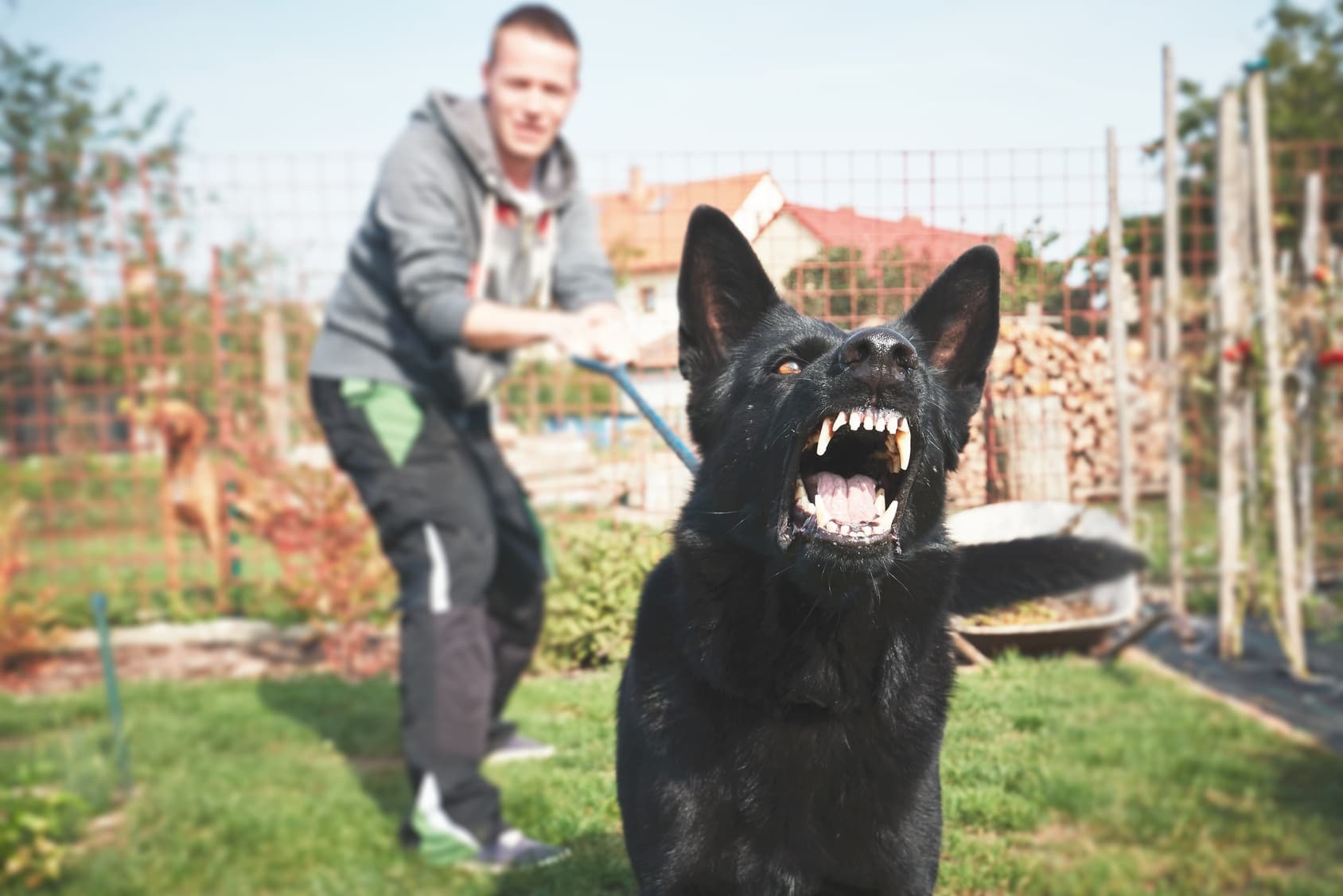Looking for the best running tips on the web? Then you have come to the right place.
Whether you’re a beginner runner, a weekend warrior, or a seasoned athlete, the following running guidelines can help you improve your performance, prevent injury, and reach your fitness goals.
What’s not to like!
Let’s dive in.

- Dive in
To become a runner, you need to start running.
It’s that simple, period. Accept the challenge and do your best—even if it scares the hell out of.

If you are a beginner runner, then you need to think in minutes, not miles.
Shoot for a 30-minute run while opting for the walk/run method.
Once you can run for up to 30-minute with ease and without taking breaks, then aim to up the ante.

To make sure that you are running at a comfortable pace, take the ‘run-talk’ test.
If you can keep a conversation going with your buddy while running without much trouble, then you are opting for the right beginner running pace.

Yes, you can walk in your running shoes, but you just can’t run in your walking shoes, period.
So do yourself a solid and get the right pair.
Spend at least $50 on a good pair.
It should last you at least 500 miles.

When purchasing a running shoe, make sure that they are wider and longer than your bigger foot—your dominant side.
Also, steer clear of pointed shoes and always seek the advice of a specialist when in doubt.

Breaking into a fast running pace is the recipe for premature fatigue, even injury.
As a result, start your runs right and do a warm-up.
I usually start my runs with a 5-minute jog.
If I feel any tightness or soreness in my muscles, then I gently stretch it away.

Rushing back to the real world with too much gusto after a run is a big mistake.
Instead, invest time in a proper cool-down by taking at least 10 minutes to stretch, relax your body and contemplate on what you have just completed.

Keep a keen ear on how your body felt both during and after a run.
Doing so can help you avert trouble and can set you in the right direction toward achieving your running goals.
Try My Beginner Guide
If you’re looking for a simple guide on how to start running, lose weight, and stay injury free, then make sure to check out my Runners Blueprint System!
My system was specially designed for beginners who either want to start running or take their training to the next level, but have little clue on how to do it.
And don’t worry, my ebook is written in a conversational, jargon-free, style.
All you need to do is download it, follow the simple instructions, then start seeing results ASAP.
Here’s what it includes :
- How to quickly and easily get started running (it’s indeed is easier than you’d think!)
- How fast (or slow) should you go on your first sessions
- The exact 13 questions you need to answer before you a buy a running shoe
- The seven most common running injuries….how to deal with them before they progress into major ones!
- The quick standing stretching routine that keeps you flexible even if you’re busy as hell
- The 10-minute warm-up you must do before any session to get the most of your training
- And much, much more.
Click HERE to get started with The Runners Blueprint System today!

“keep it simple, stupid” should be your motto when it comes to training—whether you are prepping for your first 5K or about to compete in an ultra marathon adventure.

The right foundation can take you a long way.
After building it, then you can move on to adding hill reps, pace work, speedwork, and eventually race strategy.
Just be sure to have the right foundation first.

Building up mileage is not an upward straight arrow.
In fact, every third or fourth week of training, you should cut back on mileage to recover.
Injecting recovery week into your training program can help you dodge overtraining—with all its vows—and stay on track for the long haul.

Work on increasing your total body strength—especially the core. Work also on your mobility, flexibility and balance.
Think in wholesome terms and your fitness and health will be forever in your debt.

Reaching a weekly mileage of about 10 miles per week can significantly boost your aerobic capacity- and help you ward off heart trouble.
10 miles is the benchmark—you can always add more once you’ve built the lung power.

Junk miles are not just junk.
Those slow miles done during warm-ups or recovery days play a vital role as well.
Junk miles can shed some serious calories and grant you the mind focus you need to work on improving your running form, plus other fitness and health benefits.

Just because you can run a 10-miler without breaking a sweat does not mean that you go can through a 8 X 400m on the track at a fast pace—unscathed.
That’s why you need to always keep a beginner mind when approaching a new running training method. Stay humble, and you’ll surely achieve progress.

Doing all of your workouts in the comfort zone is comfortable, but it’ll not help you improve much.
That’s why you would need to step out of your comfort zone and embrace quality training.
You just need to find the sweet spot—challenging but healthy.

If you run, let’s say 20 miles per week, then be sure to log at least 4 to 6 miles of quality miles.
These miles will boost your aerobic capacity and help you run faster, further with less fatigue.

Hills are runners’ worst nightmare, but they are exactly what the doctor ordered.
Hill work is the best form of resistance training that there is, and can also help you run faster and improve your running mechanics and form.
All this while lessening the risks of injury.

Fartlek training is a less structured form of interval training that was developed in the 1930s.
It’s simple, start with a warm-up jog, run flat out, jog for recovery, then sprint again without following a strict distance recipe.
Sprint and jog on feel, not on benchmarks. Image

Start a training log and keep track of your quantifiable gains (and losses).
This is the best way to shed light on darker aspects of your training so you can judge what needs to stay and/or to go.

The best way to find what works the best for you can only happen through embracing the trial and error process.
Our mistakes show us the road to success, period.
Ignoring the feedback you get from your training is the biggest mistake you can ever make, so learn from it and make the right adjustments and you’ll improve.

Success varies from one person to the next, and once you find what works the best for you, you need to keep it up by building a ritual around it.
Repeat it as habitually as possible until it’s a part of your training program.
You don’t need to reinvent the wheel.

To improve your running, you ought to measure it.
And the best way to do so is via regularly testing yourself.
Compete in races as part of a plan to test your fitness level, progression and race pace.
Do regular test runs to see if you are improving or slacking.
Additional resource – Guide to running lingo

Keep your body fully relaxed throughout the running session.
Breathe deeply, keep your shoulders relaxed and let your jaw hang loose.

Don’t clench your fists in a tight grip.
Instead, be sure that your fists are loose, thumbs gently resting on the fingers as if you were holding on a delicate butterfly in each palm.
Clenching builds unnecessary tension that leads to discomfort and energy waste.

From the looks of it, running is solely a lower body activity. But to get efficient with your running, your upper body can also be of help.
That’s why you ought to move your arms more—especially when trying to gain speed.
Just take a look at sprinters, and you’ll get the idea.
 Improving your running style on your own has its limits. In fact, you would need to seek the advice of a specialist—such as a podiatrist or a coach—to help you nail down your running mechanics.
Improving your running style on your own has its limits. In fact, you would need to seek the advice of a specialist—such as a podiatrist or a coach—to help you nail down your running mechanics.
If you can’t afford a specialist, then rub shoulders with elite runners and learn the skill by osmosis.
 According to study, those who exercise first thing in the morning tend to stay more consistent with their training programs than those who do it later on.
According to study, those who exercise first thing in the morning tend to stay more consistent with their training programs than those who do it later on.
So, score high points in the consistency game and become an early morning runner.
Believe me; it’s like an addiction.
Once you taste the joys of the morning run, you’ll never be the same.

If you are not a morning runner, then schedule your runs during your lunchtime breaks.
Noontime running is the perfect break from the workday, and can also ramp up your dose of Vitamin D—the daylight. Plus, it can also help you avoid eating a heavy lunch.

If 20 minutes is all you have, then go for it.
A short run is better than none.
This also helps you ingrain the habit of exercising no matter how crazy and chaotic life can be.

Running against traffic can help you stay alerted and have your eyes opened on any danger you may face.
We all hear about the traffic statistics, so don’t let yourself be just another statistic.
Better safe than sorry.

Sticking to the same running route is the recipe for boredom.
Instead, be sure to add variety to your training by changing up your running routes regularly.
This will not only help you outrun boredom, but it’s also good for injury prevention and developing proper running mechanics.

Running on hard and uneven surfaces is a major cause of running injury.
So do your body (and knees) a solid and stick to softer surfaces whenever possible.
This can be hard living in urban areas where pavement surfaces are the norm, but your best to run on proper surfaces.

Top athletes in all fields have a little trick they use to stay top of the game.
Hint: it’s in their heads.
Visualization techniques have the been the staple of mental training for decades, and you should be putting them to good use as well. .

Goals provide clarity and direction.
Plus, they do your motivation wonders.
So set them right and update them regularly.
Better yet, sign up for a challenging race and set your training goals around it.
Additional Resource – Here’s how to protect yourself from dogs

Jotting down your goals on a piece of paper is a must, just don’t write them on stone.
Goals can vary according to your body’s response to training and your aspirations.
So make sure to rewrite and upgrade your goals whenever it’s necessary.
Plus, just the mere act of rewriting a goal can enforce it.

Goals are key to success, but when you set unrealistic ones, you are setting the stage for disappointment, and failure and all the enthusiasm can turn into resentment.
That’s why you need to run your goals through a reality check.
Shoot for a reasonable goal and build on it.
Remember, you’ll never know what’s unrealistic until you try it.

Ask any person why they are not running—or not working out in general—and they’ll surely spit out a list of excuses.
I don’t have the time, I’m too old, I don’t know why and so on.
Iif you want to stay on the training track, you have to fight that allegedly logical voice that “manufactures” all that crap.

Why are you running? Come up with at least five reasons and keep them close to heart.

I owe my training consistency to a long list of running partners. Heck, I was dragged to running by my steadfast cousin.
You should be doing it too.
Instead of venturing down the running path on your own, try to schedule your runs with a training buddy, even a running group.
Do that, and consistency and motivation will come in handy.

Peer pressure can do your motivation and consistency wonders.
This instinctive force is so powerful that you just can’t resist it, but you have to take the first step by joining a club or a running group.
It can bring out the best in you.
There are plenty of clubs out there, just pick the ones that feel right for you and are a match to your training goals and schedules.

I love running because I can make it fun.
It’s like play for me.
Yes, of course, it can get serious when I’m prepping for a race or trying to break a personal record, but if it’s not fun, I wouldn’t be doing for long.
Fun is the road; fitness is merely the result.

A training buddy can help you push the pace and stay consistent with your goals, but sometimes going solo is exactly what the doctor ordered.
Going solo is important especially if you are trying to recover from a hard run and don’t want to push the pace.
Going solo is also a great way to be alone with your thoughts on the road, just you and your legs pounding the pavement with no other worries.

Get out of a training running rut by injecting at least four 30-second pace pickups (not all-out-sprints) on your next 30-minute run.
This will not only help you dodge boredom, but also get your heart rate up and boost your performance.

Well, not literally, unless you want to spend the night in jail.
Technology based performance tools—think heart monitors, chronometers, GPS tracking and the like—can surely help you improve your performance, but relying heavily on such tools can be counterproductive.
Sometime you ought to run with your imagination.
Run with yourself.
Run with no worry about performance and numbers.
Run naked.

When doing easy runs, take the time to enjoy the scenery.
Smell the roses, breathe deeply, look over the horizon, ap
preciate the beauty that surrounds you, and remember to have fun.
Don’t get trapped in the training-is-everything mindset; otherwise, you’ll definitely get drained out.

I just couldn’t go for a run without my music on.
In fact, one of my major reasons to running is listening to music.
Running has become the activity I do just to listen to music.
So use music to get your mental state up to the challenge.

To keep running for the long haul, think in terms of the current moment.
Thinking about your past will make you feel guilty, and thinking about the future will invite worry.
The only moment is the now, and all change can only happen in the now.

Runners of all creeds should follow a well-balanced diet.
Aim to eat about 70 percent carbs, 20 percent protein, and 10 percent fat.
Base your diet around carbohydrates such as rice, pasta, and potatoes since glycogen—a product of carbs—is a vital source of energy on the run.
You would also need the protein for rebuilding damaged muscle tissue and recovery.

Make sure that you are getting the most bangs out of your diet choices by expanding your nutritional gamut and testing (and tasting) new food each week.
The more varied the colors, the better.
Just keep it healthy.

If you are serious about making the most out of your runs, then hydrate.
Drink plenty of water throughout the day, and if you are planning for a long run, then take a bottle of water with you—this is especially true during summer time.

Make pre-run meals a priority.
About one to two hours before a run, have a small meal to fill up your energy tanks.
Pick what you like; a sports drink, fruit smooth
ie, or even a small sandwich.

Choose low-fat bars (less than 5 grams) and packing no more than 250 calories.
Gorging on energy bars will only make you fat, even compromise your running.
So be moderate. It’s energy on the go, not a holiday meal.

Eating during the recovery window—the hour following a run—is crucial for recovery and energy replenishment.
Choose a mix of carbs and protein to get the most results.
Something like a banana-milk-shake is ideal because it scores high on carbs—essential for replenishing the empty tanks—and protein—the recovery process.

Everyone needs a healthy dose of the multivitamins in their lives, but runners need even more thanks to the stresses of exercising.
The high impact nature of running can produce damaging free radicals and may even cause some harm to the red blood cells your feet—that why you would need the multivitamins to take care of the collateral damage.

Iron deficiency can lead to fatigue and other serious health trouble.
The bad news is that runners are more prone to suffer from iron deficiency than the average person.
That’s why you ought to eat plenty of fish, dark meats, liver, eggs, beans, and nuts.

Overtraining can wreak havoc on performance and health.
But you can ward it off by keeping tabs on your normal heart rate.
If your morning pulse rate is higher than normal— 10 beats or more— then you haven’t recovered from the previous run.
Take time off or back off until it comes down to its regular rate.

Going too fast too soon increase your risk of injury and overtraining.
To ward off the trouble, adopt a progressive mindset.
Do as little as possible and build on that.
Think baby steps.
Walk before you run if you have to.

The old motto of ‘no pain, no gain’ may sound tempting to follow, but it’s not always the safe approach when it comes to injury-free running.
Most of the time, pain is just pain and can be counter-productive.
Any one can train himself or herself into the ground.
You should always strive to “get fit without getting hurt”—That’s the motto.

Building up mileage is not a straight upward arrow.
In fact, every third or fourth week of training, you should cut back on mileage to recover.
Injecting recovery week into your training program can help you dodge overtraining—with all its vows—and stay on track for the long haul.

Bad days, bad workouts, injuries, emotional sand pits and the likes are a part of the training life.
Expect them, and when they happen, be sure to get over them as soon as possible.
Allow yourself some time to stew over them, then just let go.
Wallowing in sorrow and self-pity will not get you where you want to go.

To train for the marathon, you won’t necessary need endless hours of training.
By running for about 45-minute two times a week, and by incrementally boosting the length of your the long run, you would be able to pull off the 26.2-miler beast.

Marathon training can get you into the best cardio shape of your life, but you should learn when to stop.
That’s why you should never run for more than 3 hours straight in training.
Quality always defeats quantity, and marathon training is a fine example.

During marathon training, pains and aches are bound to arise.
Overtraining and most marathon-related injuries can be prevented by just keeping a keen ear on your body and readjusting your training accordingly.

To get the most bangs out of your marathon race, don’t keep your eyes on just one goal—pulling it off in less than three hours for instance—but you should develop a range of goals so that can bolster your odds of success.

A great taper period is what will make the difference between a great race and a disaster—especially if you have been putting the sweat in training.
As a result, gradually decrease your training volume in the three weeks before the big day.

Don’t let race jitters highjack your running pace during the first miles—that can be hard to resist thanks to the race-day adrenaline rush.
Pick up your pace slowly and consciously hold yourself back during the early miles.

Once you finish a marathon race, take some time to take note of what went right and what was right down awful, then move on.
Just let it go and forget about your last marathon before you sign up for another.










































































